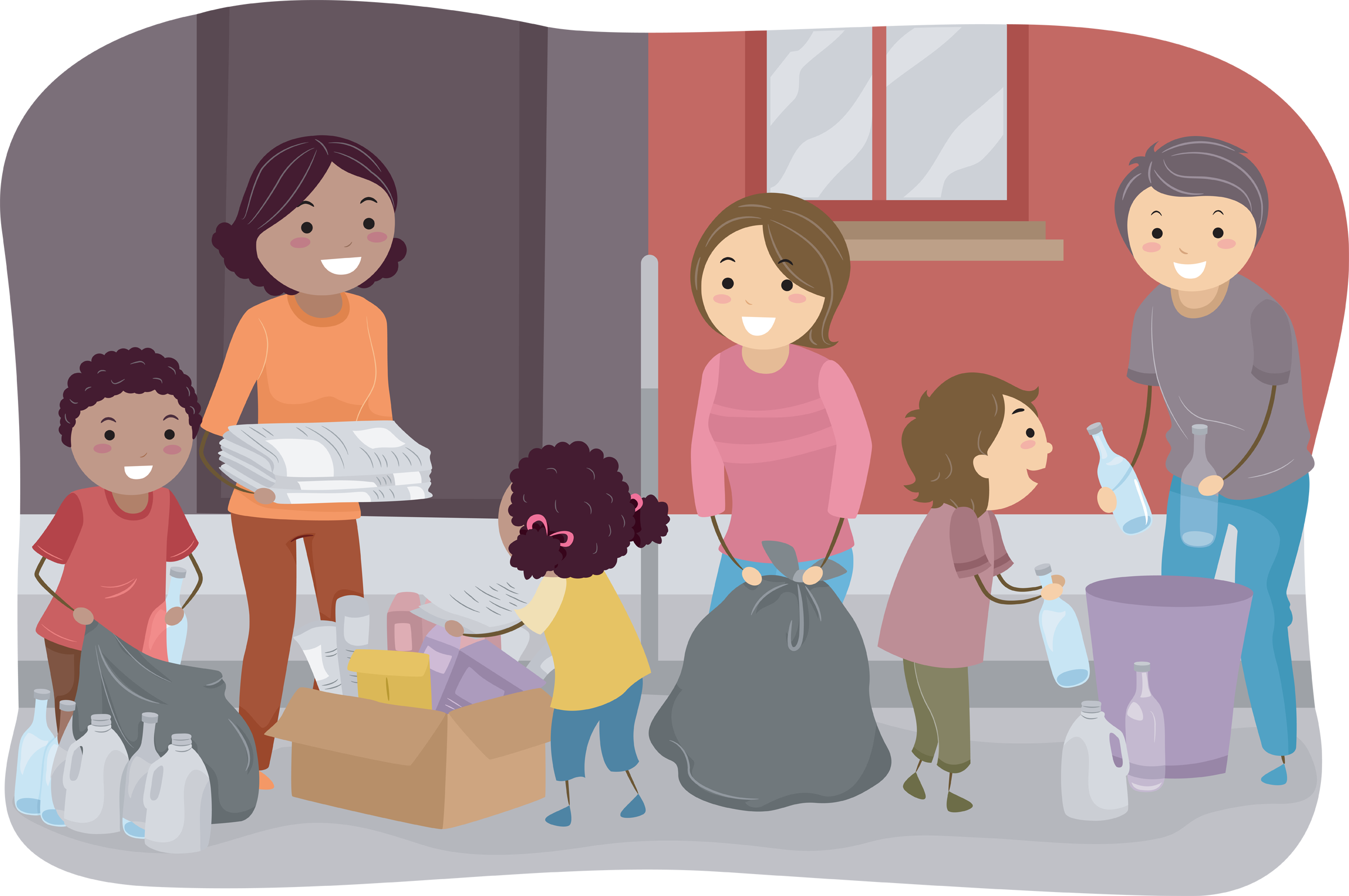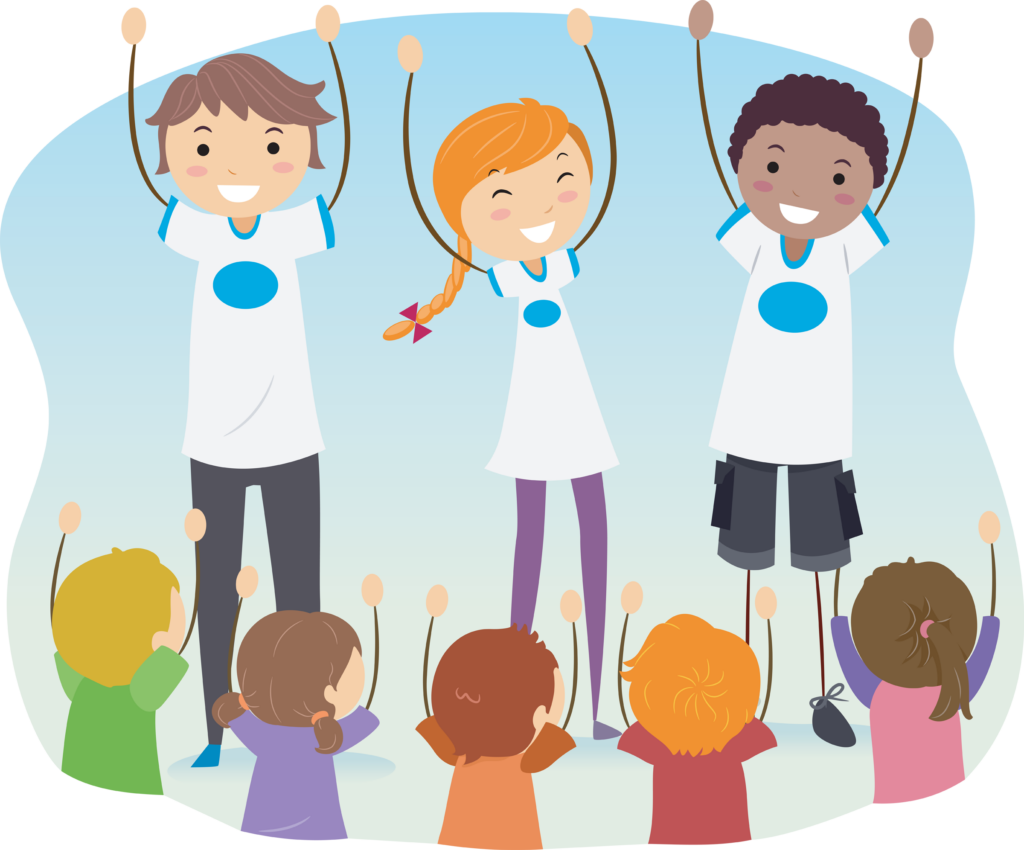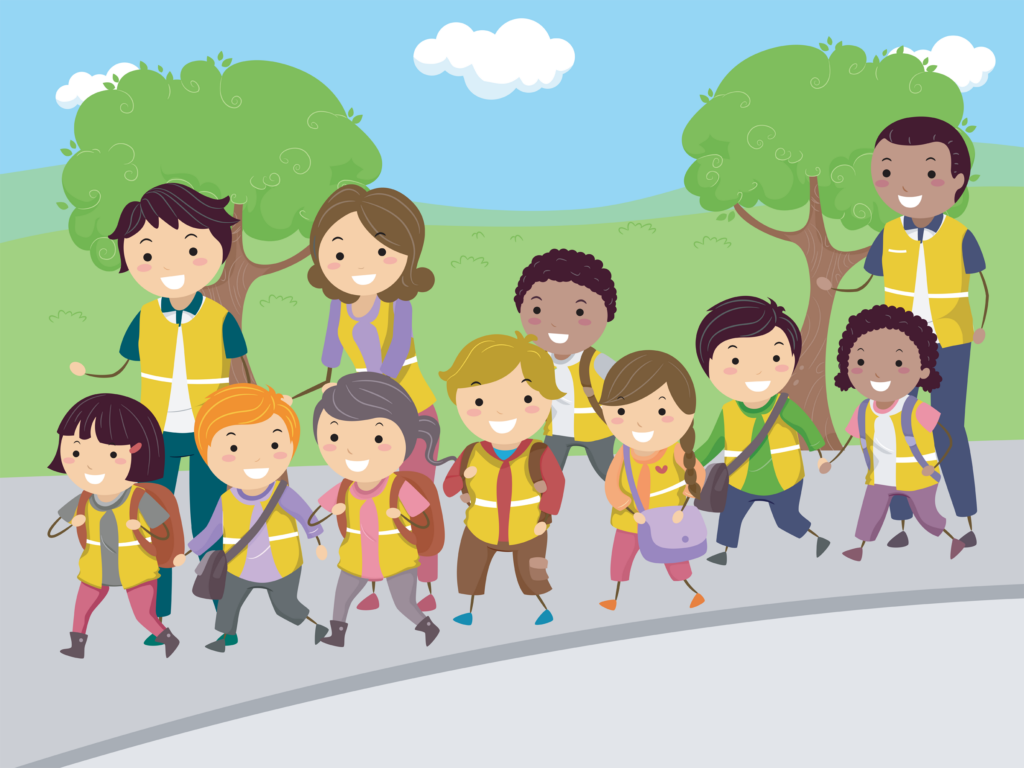
Volunteering programs for kids can offer much more than just an opportunity to give back to the community. They cultivate a sense of responsibility, boost self-esteem, and promote personal and societal values. For parents and teachers looking to introduce children to the world of volunteering, it’s essential to explain and highlight the multitude of benefits that can be derived from these experiences.
Volunteering programs provide a platform for kids to engage, learn, and contribute, witnessing firsthand how their actions can create waves of positive change. But before kids can fully immerse themselves in these enriching experiences, parents and teachers need to shed light on all the amazing benefits that come from volunteering.
In this article, we’ll review the benefits children get from volunteering and provide practical tips for teachers and parents alike. So, what are you waiting for? Keep scrolling to uncover the impact volunteering can have.

Benefits of Volunteering Programs for Kids
- Personal Growth and Development: Volunteering can help children develop a range of skills, from communication and teamwork to problem-solving and leadership. It also fosters emotional intelligence, as children learn empathy, compassion, and the value of helping others.
- Enhanced Self-esteem and Confidence: Contributing to a cause and making a difference can significantly boost a child’s self-esteem and confidence. Achieving tangible results and receiving appreciation for their efforts creates a sense of accomplishment, fostering a positive self-image.
- Broadened Horizons: Volunteering often exposes children to diverse communities and perspectives, promoting cultural understanding and tolerance. It can also help children become aware of societal issues, cultivating a sense of civic responsibility.
- Academic Enhancement: Many volunteering opportunities provide practical applications of classroom knowledge, enhancing understanding and retention. Additionally, volunteering experience can also stand out on college applications, demonstrating a student’s commitment to community service.
- Health Benefits: Studies show that volunteering can lead to better physical and mental health. It can reduce stress, improve mood, and even promote a longer lifespan.
Tips for Parents and Teachers
- Encourage Participation: Explain to children the significance of volunteering and how their contributions can make a difference. Share success stories of other young volunteers to inspire them.
- Start Small: Initially, children might feel overwhelmed with large-scale volunteering projects. Start with smaller, manageable tasks and gradually move to larger projects as they gain confidence and skills.
- Incorporate Interests: Align volunteering opportunities with the child’s interests to ensure they stay engaged and enjoy the experience. Whether they love animals, enjoy outdoor activities, or are tech-savvy, there’s a volunteer opportunity to match.
- Facilitate Reflection: After volunteering, engage children in conversations about their experiences. Ask them what they learned, how they felt, and what they would like to do next. This reflection can deepen the impact of the volunteering experience.
- Role Model: As parents or teachers, demonstrating your own commitment to volunteering can be a powerful motivator for children. Show them that giving back is not only rewarding but also a lifelong commitment.

Children are never too young to learn the value of giving back. Volunteering programs offer a unique platform for them to grow personally, academically, and socially, while instilling lifelong values of empathy, compassion, and community service. By supporting and encouraging children in their volunteering efforts, parents and teachers can play a significant role in shaping the next generation of responsible and caring global citizens.